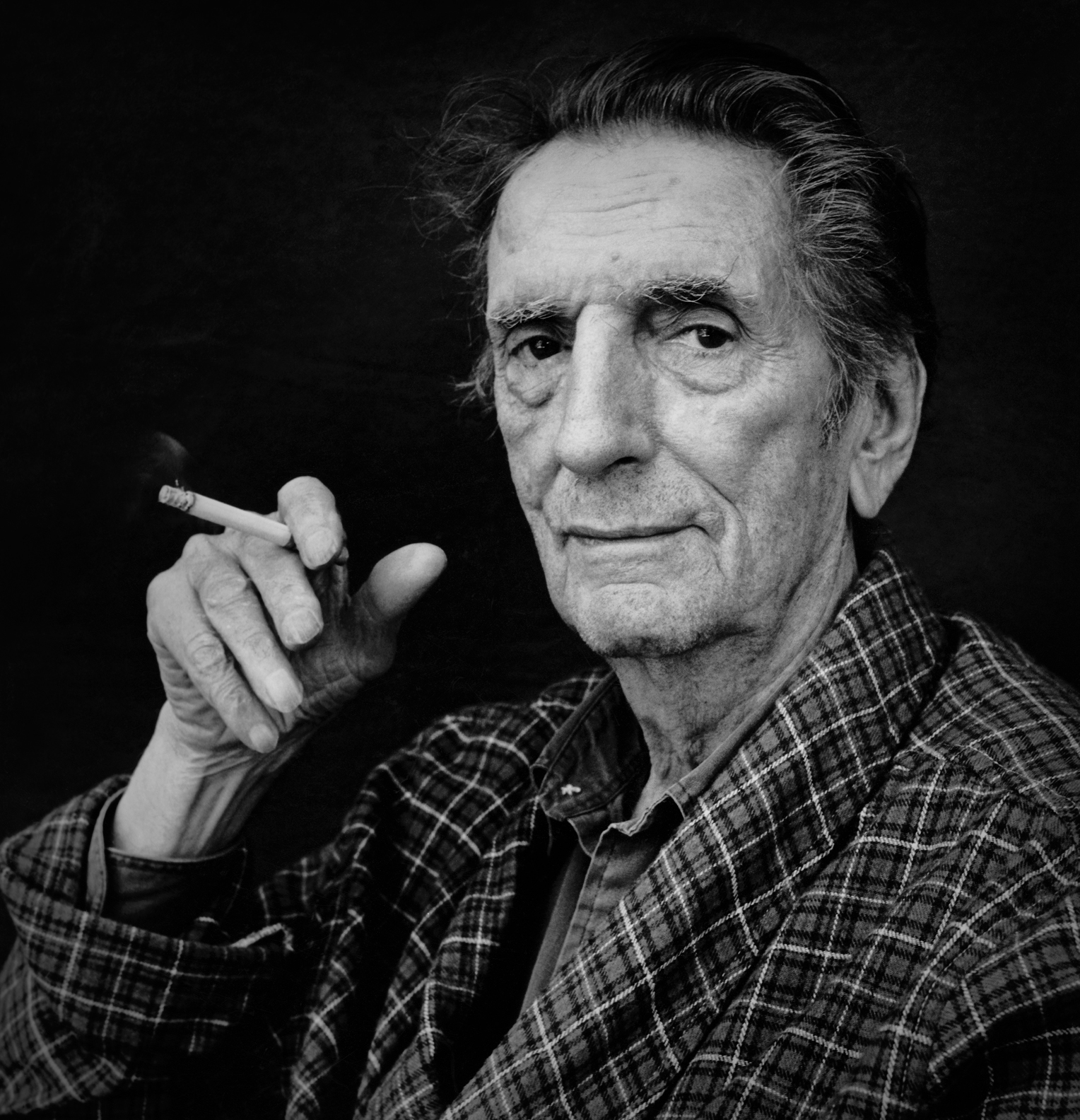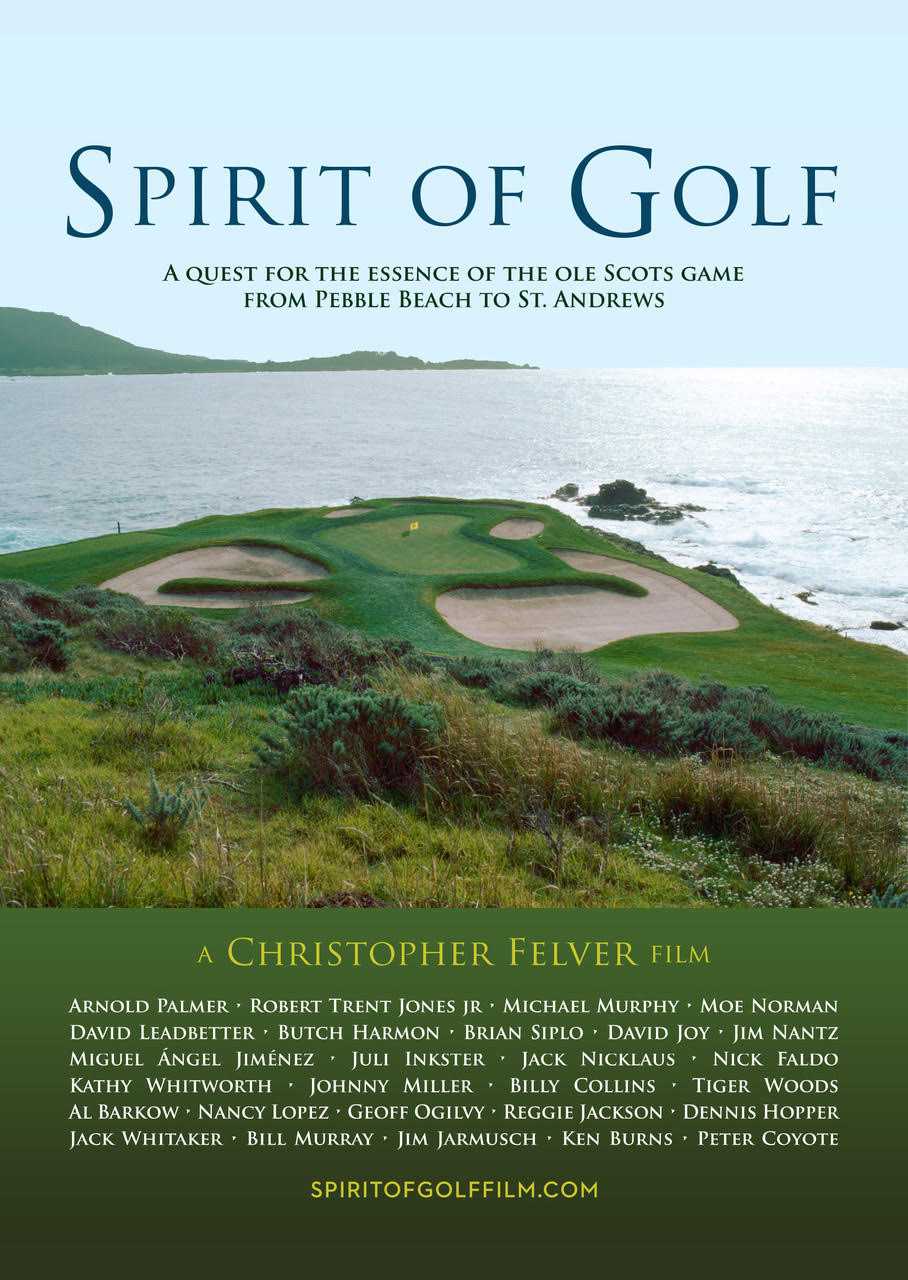“In this one-of-a-kind film, Spirit of Golf, Chris Felver has taken on a quest for what makes the game so intriguing, so appealing, despite being perhaps the most difficult game to play well. Felver, himself hooked for a lifetime on the game, has delved deeply into this intriguing story with the most comprehensive, fascinating film ever produced on the old Scotsgame. Is it the connection with nature, its courses shaped out of the great diversity of the world’s landscapes, and not one like any other? How about the magical thrill of hitting a small ball on a wondrous trajectory at least once. One way or another, it is not a long walk spoiled.
Inspired by Michael Murphy’s classic novel, Golf in the Kingdom, and beautifully photographed in Pebble Beach and St. Andrews, Felver has put the ultimate golf question to everyone from Tiger Woods, Jack Nicklaus, Juli Inkster, Johnny Miller, Kathy Whitworth, and Nancy Lopez; to legendary golf writers and commentators Herbert Warren Wind, Jack Whitaker, Jim Nantz, Robert Trent Jones, to great teachers of the game, David Leadbetter, Butch Harmon, as well as poets, writers, and those who just love the game. Their answers are marvelously diverse and wide-ranging, making Spirit of Golf a remarkable window into what makes the game tick.”
— AL BARKOW
“Chris Felver strips away the layers of waterproofs and woolens in his search for the beating heart of golf in his innovative film, The Spirit of Golf. No Quixotic excursion, this is a candid quest to discover why millions of people passionately play golf. With motivations stretching from mystical to mundane, a diverse assortment of devotees attests to golf’s mercurial essence. Historically accurate and delightfully anecdotal, The Spirit of Golf is defined by its diverse array of amateur and professional men and women enthusiasts: authors, caddies, club pros, historians, touring pros, architects, comedians, superintendents, students, and the best golfers in the world, Jack and Tiger. For those perplexed over the world’s fascination with golf, this film may well provide the answer. For the golfer, well, you already know why you’ll enjoy the viewing.”
— BRIAN SIPLO
“The ebullient Chris Felver has given us an entertaining and edifying romp through the world of golf in quest of its underlying mystery. For handicaps of all sizes!”
— BILLY COLLINS
“Love the homage to Pebble, Akron, St. Andrews, on and on. Stirs so many warm special memories. I enjoyed it very much!”
— JIM NANTZ
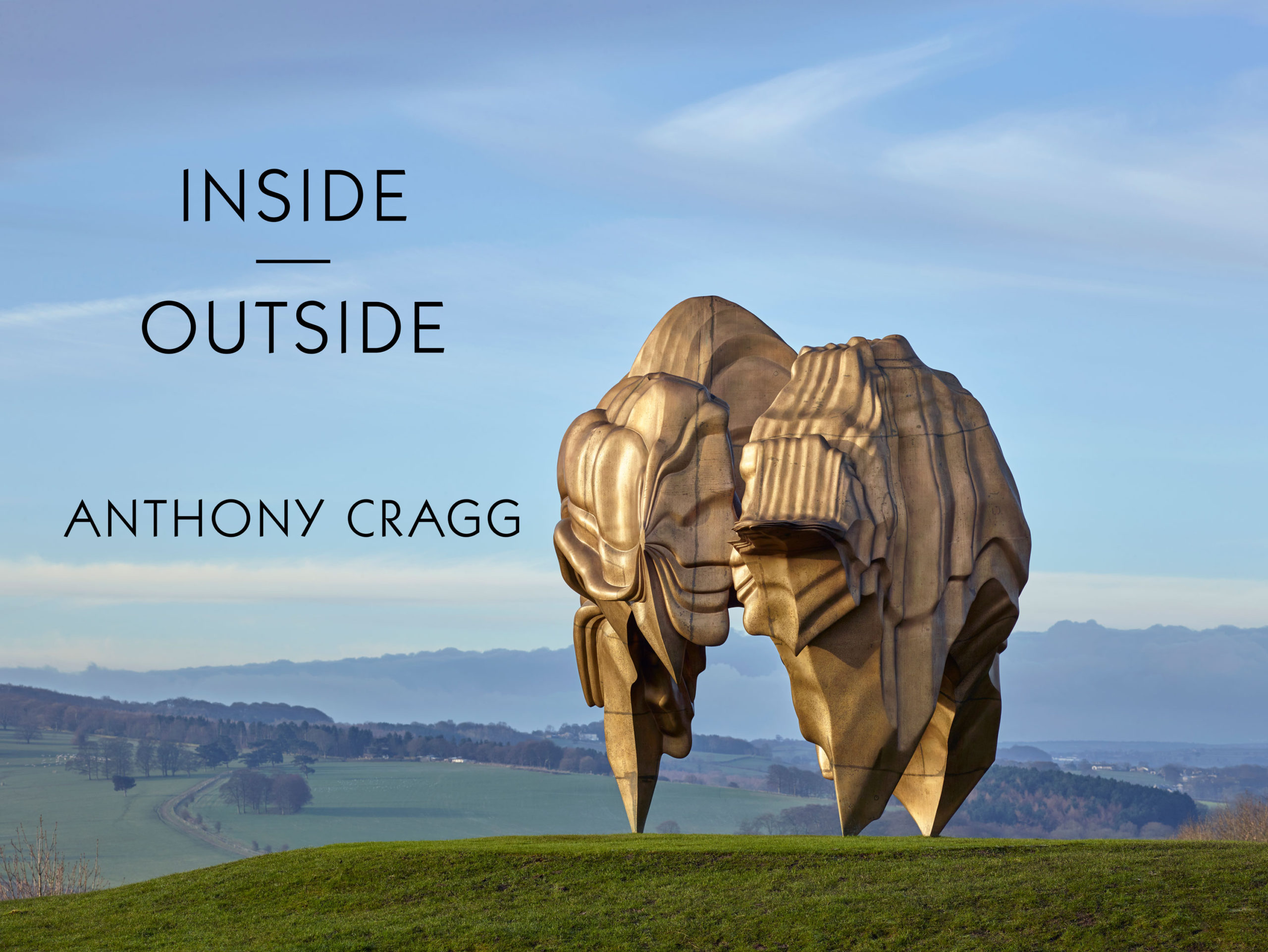
Christopher Felver’s newest film celebrates Sir Cragg’s sculpture, illuminating his development and thought-processes over the arc of his career.
As one of the world’s most distinguished contemporary sculptors, Anthony Cragg continues to amplify and redefine the sculptural medium through his thought-provoking work. Throughout his career, he has drawn on both the natural world and industrial systems to create new forms that develop and add to our definition of sculpture. Cragg’s work developed within the context of diverse influences including time-based art, found objects, the minimalist and performance movements of the 1960s, as well as his early experiences in a scientific laboratory. His abiding interest in providing a passionate alternative to the utilitarian world of objects is evident through his lifelong experimentations in material and form.
The film is narrated by Sir Cragg, with historical perspectives offered by Jon Wood of The Henry Moore Foundation and Patrick Elliott of the Scottish National Gallery.
“Inside/Outside is like Tony Cragg’s art, the man’s words interposed between the surging layers of his work. I love what he does with materials, from plastic discards to bronze. They look like spontaneous rebellions of matter trying to transcend its original state. He gives them consciousness, an urge to move up and combine, a human quality. His work is inspiring.”
—ANDREI CODRESCOU
“This fascinating new film gives us special, privileged access to the workings of Tony Cragg’s sculptural imagination. We hear the sculptor talk at length about what inspires him, about his artistic and intellectual passions, and about the dynamic and developing journey that his sculpture has made over the last fifty years. Tony Cragg not only changes the way we see sculpture, but also the way we see and think about the material world more generally.”
—DR. JON WOOD
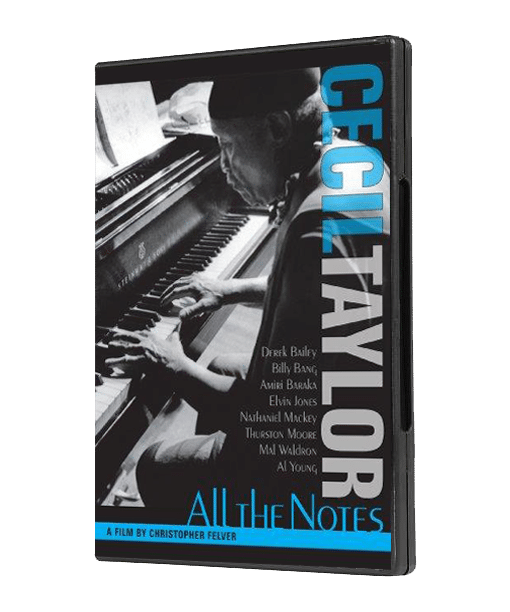
Cecil Taylor is the grand master of free jazz piano. All the Notes captures in breezy fashion the unconventional stance of this media-shy modern musical genius, regarded as one of the true giants of post-war music. Taylor is first seen musing over Santiago Calatrava’s fleecy architecture—a typical sign of the pianist’s famed eclectic interests, which extend from soloing, combo and small orchestra work to spoken word performance.
Seated at his beloved and battered piano in his Brooklyn brownstone the maestro holds court with frequent stentorian pronouncements on life, art and music while demonstrating his technique and views infusing his super clustered playing. Students at Mills College, where Taylor has a regular teaching gig, devise an avant-garde “free composition” under his generous tutelage. Taylor plays with his band at Yoshi’s in Oakland, NYC’s Lincoln Center, and the Iridium with his large ensemble Orchestra Humane.
Since the 1950’s Taylor has steadfastly repped jazz’s avant-garde, a fact reinforced by notable commentators Elvin Jones, Amiri Baraka, Nathaniel Mackey, and Al Young. The recording of the UCLA Royce Hall solo performance is an example of his astounding mastery of complex musical constructions. All the Notes is an intimate portrait of a consummate musician and sound thinker in triumphant maturity, bringing out Taylor’s nobility, devotion and belief in a truth that can only be found after a lifetime of invention.
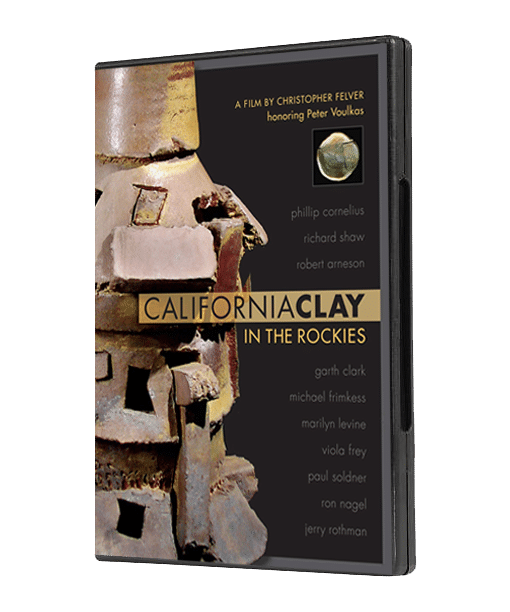
In California during the 1950’s the art climate was in a state of flux and open to experimentation. The presence of Peter Voulkas signaled a philosophical upheaval of ceramic tradition and technique, inspiring the west coast clay revolution. California Clay in the Rockies is an assemblage of interviews, demonstrations and performances showcasing the seminal artists of this innovative movement, interwoven with a superb survey of their work.
Voulkos’ colleagues, Funk originator Robert Arneson, raku innovator Paul Soldner, trompe-l’oeil figurativist Richard Shaw, monumental sculptor Viola Frey, superrealist Marily Levine, classicist Michael Frimkess, Ron Nagel, Jerry Rothman and Phillip Cornelius applaud Voulkos’ inspiration and encouragement as a catalyst towards the development of their personal commitment and vision. Ceramics historian Garth Clark’s critical commentary underscores the accomplishments and achievements of these visionary artists. Chris Felver directed California Clay in the Rockies in 1983 at Anderson Ranch Arts Center in Aspen Colorado.
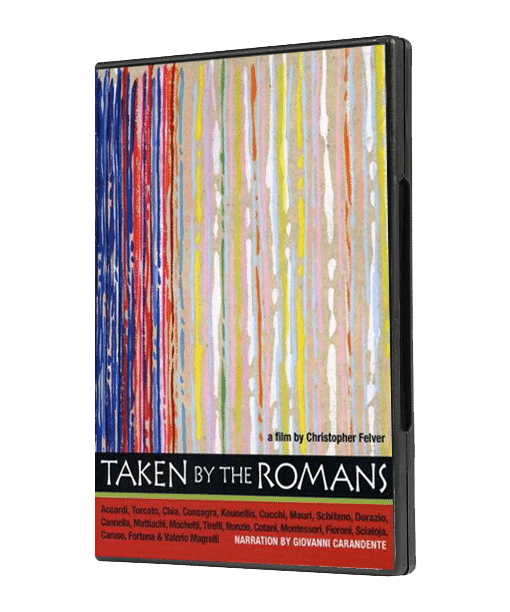
Rarely does a city’s internal life come alive as in this expansive film by Chris Felver. Rhapsodic and poetic, the film highlights Rome in the context of the many painters, sculptors, and conceptual artists who have made the eternal city a backdrop for continuing the revolution of the image.
Beginning with Forma Uno, a group of artists working just after the end of World War Two, and moving through three successive generations, the city speaks its mind. Together, they constitute a lively and animated discussion of the varied currents that make up the creative process. Giulio Turcato, Sandro Chia, Pietro Consagra, Janis Kounellis, Enzo Cucchi, and Fabbio Mauri, Pasolini’s collaborator, are among the artists featured here.
The artists converse on the Roman past and its reverberations today as a powerful source for their inspiration. Numerous layers of meaning and passion converge here. The result is a unity tied to the restless nature of the creative mind probing for answers, posing questions, and standing back to witness civilization’s splendor. Giovanni Carandente, Director of the Venice Biennale and Spoleto Festival narrates the film, putting each artist in historical and artistic perspective. Taken By the Romans intrigues and brings the Roman sky down to eye level.

San Francisco’s bohemian history was augmented by the renaissance of creative individuals which began there in the late 1950’s. The most significant influences in this movement were Beat figures Jack Kerouac, Allen Ginsberg, Gregory Corso and publisher Lawrence Ferlinghetti. Filmed on location in San Francisco’s North Beach neighborhood, and at Naropa Institute in Boulder Colorado, this film is a tribute to the ongoing vision of America’s renegade minds, as well as a salute to the visionary power of Jack Kerouac.
Narrated by Kerouac’s biographer Gerald Nicosia with magnetic poetic performances filled with hip humor and existential dissent, West Coast: Beat & Beyond is essential to understanding the works and personalities surrounding the mythos of the Beat Generation. Rare appearances by Kerouac’s daughter, writer Jan Kerouac, poets Lawrence Ferlinghetti, Gregory Corso, Allen Ginsberg, Jack Micheline, Joanne Kyger, Bob Kaufman, and Philip Lamantia, as well as novelist Ken Kesey illuminate the imagination and inspire a torrential indictment against American mediocrity. Historic photographs combined with portraits by director Chris Felver anchor the fascination of this unique film. One gets a feeling for the intrepid continuance inspired by the resonance of Kerouac’s phrase “the unspeakable visions of the individual.”
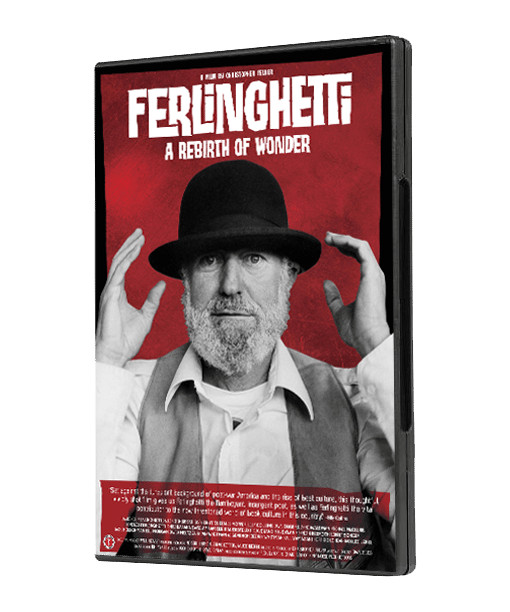
The poet and writer Lawrence Ferlinghetti is an iconic presence in the world of arts and letters. For well over half a century he has helped shape the currents of poetry and literature through his forceful engagement with society. Armed with an ideological position that often found him at odds with the political dogma of his day, Ferlinghetti became the best selling poet of the modern era, a literary mercenary and a rebel at the forefront of a cultural revolution.
In this definitive documentary, director Christopher Felver crafts an incisive, sharply wrought portrait that reveals Ferlinghetti’s true role as catalyst for numerous literary careers and for the Beat movement itself. Felver’s one-on-one interviews with Ferlinghetti, made over the course of a decade, touch upon a rich mélange of characters and events that began to unfold in postwar America. These events include the publication of Allen Ginsberg’s Howl, William S. Burroughs’ Naked Lunch, and Jack Kerouac’s On the Road, as well as the divisive events of the Vietnam war, the sexual revolution, and this country’s perilous march towards intellectual and political bankruptcy. Since its inception in 1953, Ferlinghetti’s City Lights Bookstore quickly became an iconic literary institution that embodied social change and literary freedom. Continuing to thrive for over five decades, it is a cornerstone of America’s modern literary and cultural history.
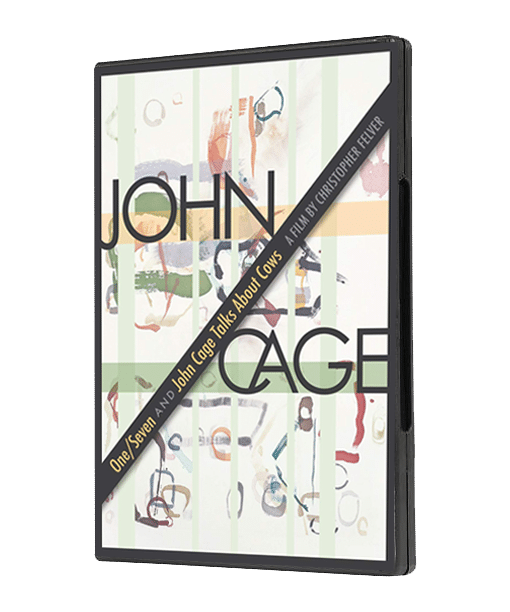
The wisdom of hand and heart comes pouring from the presence of John Cage, caught on video by the eye of Chris Felver. Cage is at Crown Point Press in San Francisco preparing an exhibition of his etchings based on smoke and rock formations. Remembering Black Mountain College, an intentional community, where, as he puts it, the best things happened when students and teachers sat around the dinner table talking up the universe of things. He cites the people who made it exciting, Robert Rauschenberg, Charles Olson, Josef Albers, and Buckminster Fuller. Detailing the first “happening,” Cage underscores that his music is more a reflection of what is outside of himself, not within him. He reminisces about his initial encounter with the I Ching, a text that taught him the importance of chance operations, the grounding of his music, writing and visual art.
– Neeli Cherkovski
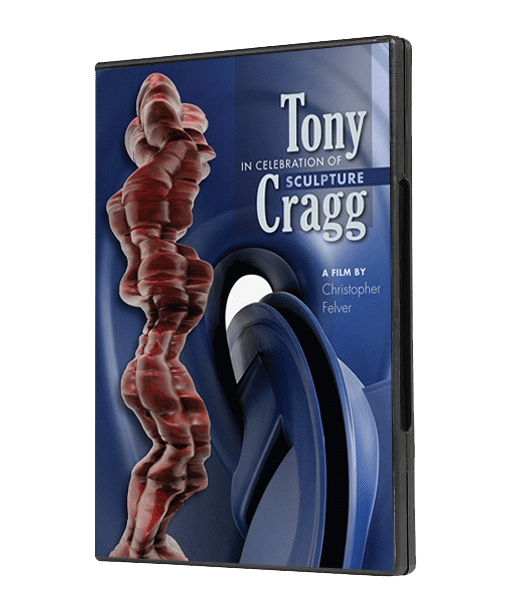
One of the most versatile sculptors working today is Tony Cragg. Shaping forms in plastic, glass, stone, wood, steel, fiberglass, and found objects he has been making magic come alive in hard materials since emerging in the mid-70s. His vocabulary is wide and his ideas explode across a broad creative landscape, destabilizing our normal viewing habits, while widening our perspective and attitudes. In Celebration of Sculpture is cinema verité at its most powerful. Cragg reveals himself while installing exhibitions of his work internationally, and restlessly moving around in his Wuppertal studio.
Filmed in New York, California, London, Eindhoven, and Dusseldorf, one senses the peripatetic nature of a restless creator. The sculptor’s workplace is where he prefers to be. It is there that he finds his center, surrounded by the materials and tools of his profession. Wit, openness, and humility balance the impact of a prolific output. Cragg is adamant over man’s continuing encroachment on the natural world. His forms delight, confound, and challenge the mind at a profoundly visceral level. Lyrical intensity, ecstasy forged in whimsy, and a feeling for deep images burrowed within human consciousness are all part of his oeuvre.
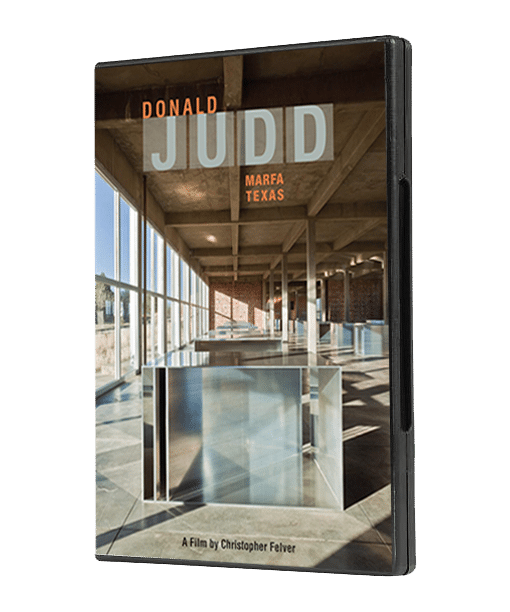
An artist and critic, there was a considerable duality to Donald Judd (1928-1994)—he was at once a man of intellectual rigor and a multidisciplinary conceptualist who deftly moved towards a new minimalism. In 1971, he relocated from the center of the art world, New York, to the prairies of Presidio County in Southern Texas, twenty miles from the Mexican border. It is here, in Marfa, Texas, that Chris Felver interviews Judd, providing insights into his process, his materials—aluminum, brass, plexiglas and concrete—and the freedom he sought to achieve from institutions trying to define what art is. A rare visit with an exceptional talent and a compelling destination for art aficionados.
Judd expounds upon his lifelong preoccupation with aesthetics, his persistent efforts to place his work in the proper environment, and his dismissal of contemporary architecture. Intercut throughout this forthright interview are scenes from Judd’s loft in Manhattan’s SoHo district, the permanent installation and restored buildings at Marfa Texas and his Chinati Foundation at Fort Russell.
Contains the last interview with the minimalist sculptor before his death in 1994. Critic John Yau provides commentary in this extensive overview of Judd’s career and his pivotal role in the development of post-war contemporary art and architecture.
Donald Judd was voted one of the twentieth century’s most influential artists by Art News magazine.
